Chatting about if medical weed should be allowed or not is a hot topic and keeps changing a lot. As people start to see it can be good for health, many countries are thinking again about their rules on the herb.
This chat dives into the tricky world of what’s okay and what’s not when it comes to medical marijuana in different places, showing how each spot has its own way of dealing with it and the big talks happening around this topic.
Page Contents
A Quick Look Around the World
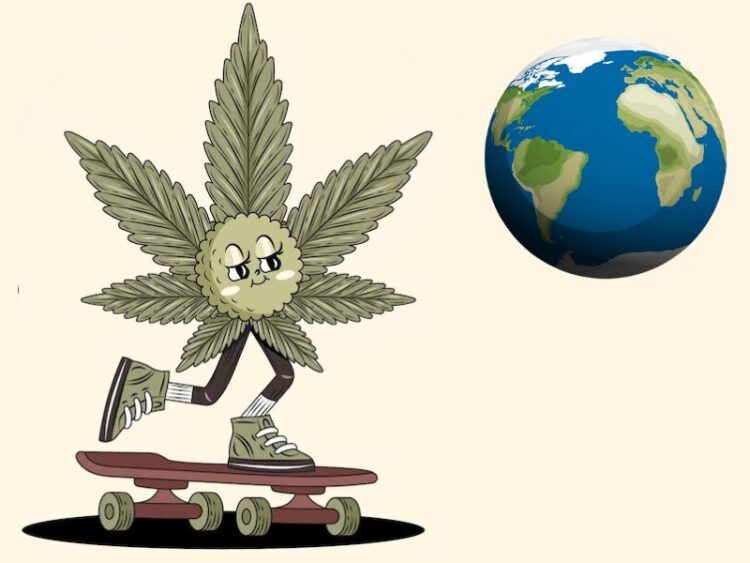
Medical weed is praised for helping with pain, feeling sick, and other long-lasting health troubles. But, it’s in a tricky spot when we talk about the rules of the world. The big group that makes these rules, the United Nations, is pretty strict about marijuana in its 1961 drug rulebook. But, they also say it’s okay to use these strict things for health and science, which lets countries make their own medical weed plans with a lot of rules to follow.
Even with these big rules, how countries use medical marijuana can be really different, changed by their own culture, politics, and what society thinks. This means the rules can be anything from a big no-no to fully okay with medical weed programs.
North America
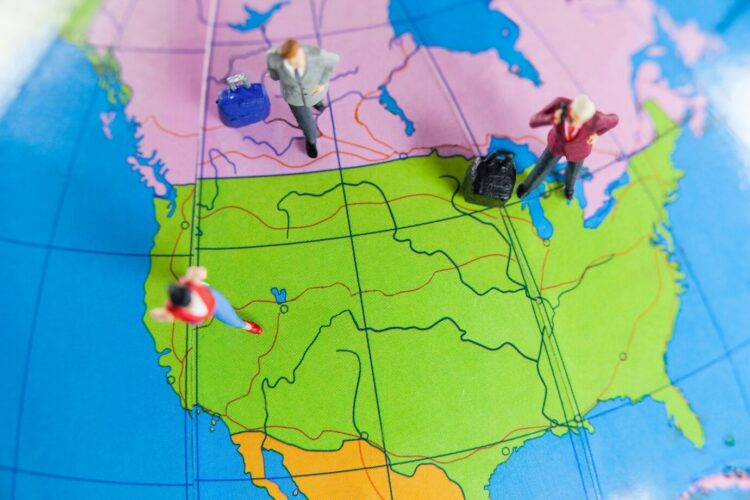
Source: freepik.com
United States
The US is a special case because the big government says no to marijuana, putting it in a group that says it’s super easy to get hooked and not okay for health. But, more than thirty states don’t agree and let people use weed for health, with their own rules on how to grow, sell, and use it.
People in these states need a note from a doctor and a special weed card to buy it from places that are allowed to sell it. In this context, it’s noteworthy to mention the situation like medical marijuana Mississippi, where similar regulatory frameworks have been established to manage the use of cannabis for medicinal purposes.
Canada
Canada is ahead in saying yes to medical marijuana, setting up a plan in 2001. Their rules make sure weed for health is safe and good quality, with a tight leash on who can make it, making it a good example for others.
Europe

Source: freepik.com
Europe has many different thoughts on medical weed, with each country making its own choices.
Netherlands
In the Netherlands, there’s a special office that looks after medical weed, making sure it’s made and sold the right way. People there can get it with a doctor’s note and find it in drugstores. They also say it’s okay to grow marijuana for health and science, leading the way in how to think about weed.
Germany
Germany said yes to medical marijuana in 2017, with a special group making sure it’s given out the right way. Doctors there can suggest weed for many health problems, and often, the cost is covered. The country is also starting to grow its own weed to make sure there’s enough.
Latin America
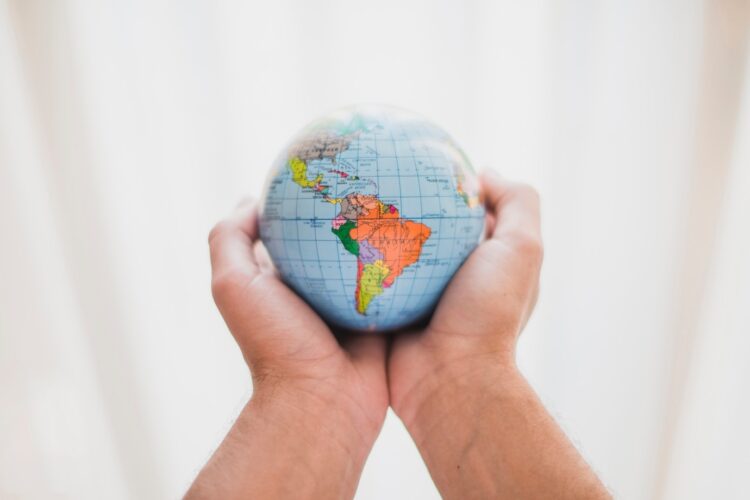
Source: freepik.com
This part of the world is changing how it sees medical marijuana, with Uruguay and Colombia in front.
Uruguay
Uruguay made a big move in 2013 by saying yes to marijuana for everything, including health. The government keeps an eye on how it’s made, sold, and used, making sure it’s safe for health use. This bold step has made Uruguay a role model and has started changes in other places.
Colombia
Colombia, known for its tough past with drugs, is now okay with medical weed, setting up rules for growing, making, and even sending it to other countries. Its good weather and farming skills also make it a new spot for growing medical weed.
Asia
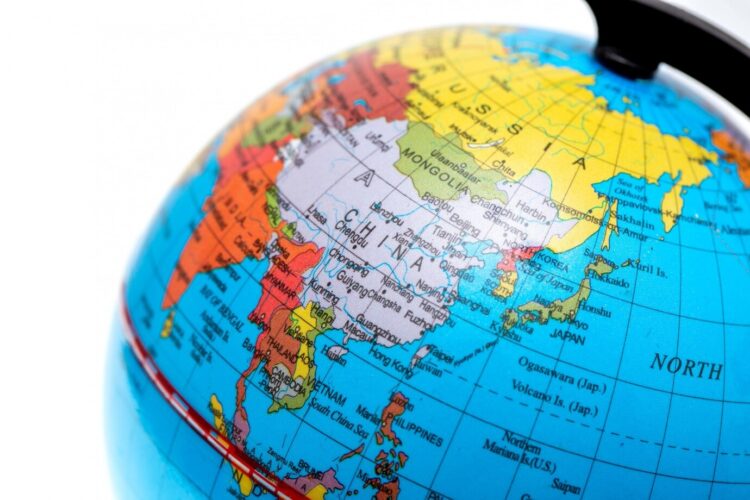
Source: freepik.com
Asia is mostly strict about weed, but some places like Israel and Thailand are trying something new with medical marijuana programs.
Israel
Israel is leading in researching medical weed and has had a program for it since the 1990s. Their health department makes sure patients who need it can get it safely. Israeli scientists keep finding out new things about marijuana and health, helping the world talk about medical weed.
Thailand
Thailand was the first in Southeast Asia to say yes to medical weed in 2018, changing how the region thinks about drug rules. The government has a program that gives medical marijuana to patients through hospitals and clinics, showing it sees the good it can do for health.
Africa
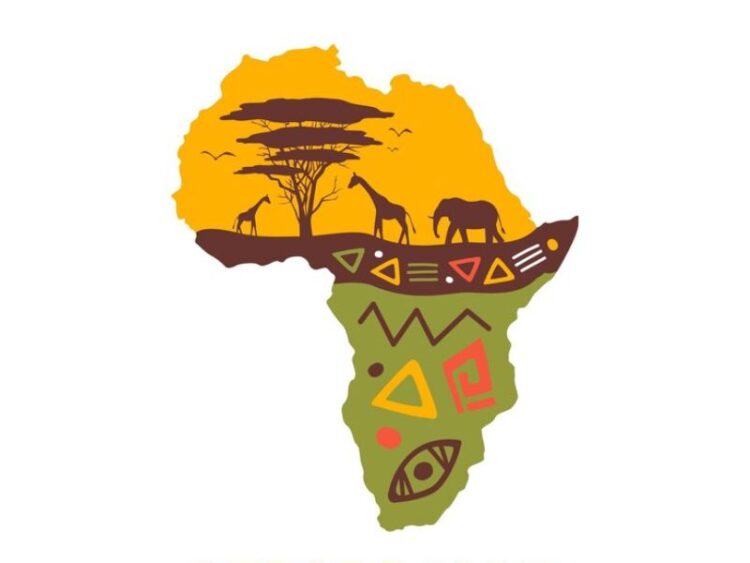
Source: freepik.com
Things are changing in Africa too, with South Africa leading the way.
South Africa
In 2018, South Africa’s top court said it’s okay to use weed in private, opening the door for medical use. A special health group looks after medical marijuana, letting it be used for some health issues. This big decision has started talks about changing weed rules across the continent.
From Laws to Leaves
Getting the green light for medical marijuana isn’t just about making it legal. There’s a whole journey from the rule books to the actual weed leaves that patients can use. This part takes a peek at what it takes to get from laws on paper to the helpful herb in hand, and why it’s super important for folks who need it for health.
Once a country says yes to medical weed, it’s just the start. They need to set up a whole system to make sure the marijuana is safe, the right kind, and gets to the people who really need it. This includes checking the quality of the weed, making sure the people who grow and sell it are doing it the right way, and teaching doctors how to suggest it to patients.
Ending Thoughts
The rules about medical marijuana are very different everywhere and keep changing. As countries figure out how to deal with medical weed, their rules keep evolving, showing how society, science, and big world rules shift. The path to a common way of thinking about medical weed is full of tricky legal, moral, and cultural stuff.
But, the growing agreement that weed can be good for health is a hopeful sign in the search for treatments that work well and are easy to get. As we keep learning about marijuana in health care, it’ll surely lead to new rules and a better understanding of how it can help.




